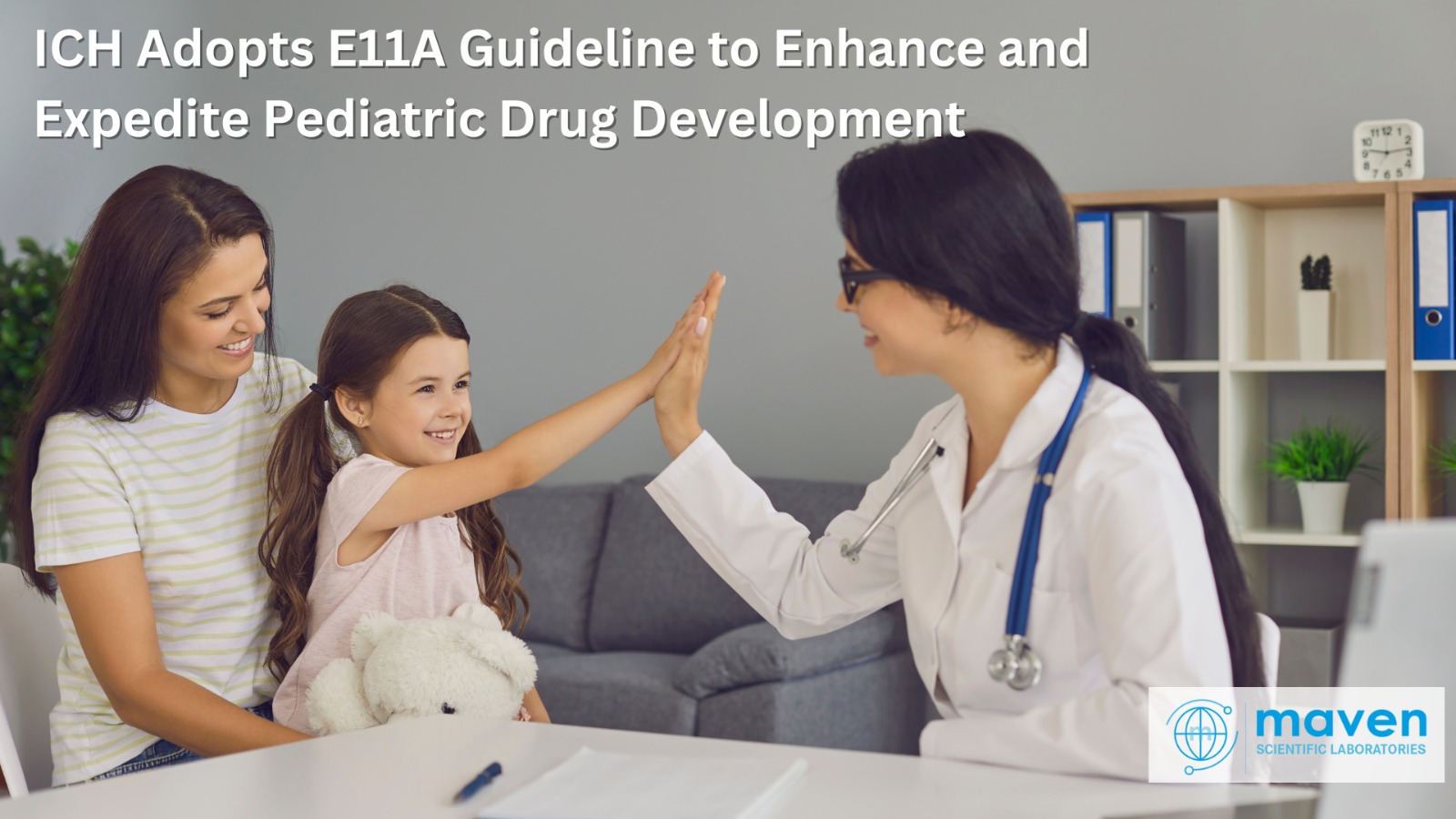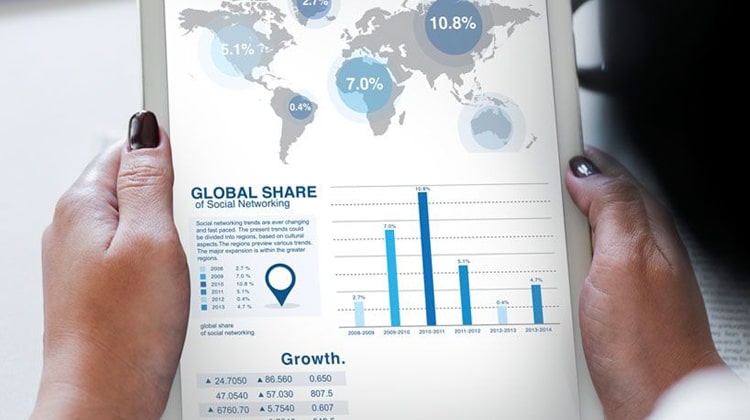
ICH Adopts E11A Guideline To Enhance And Expedite Pediatric Drug Development
On Wednesday, August 28, 2024, the International Council for Harmonization (ICH) announced a significant milestone in pediatric drug development with the adoption of the ICH E11A guideline. This guideline, which has now reached Step 4 of the ICH process, sets a harmonized framework for extrapolating drug development data from adult trials to pediatric populations. This development marks a critical step forward in the global effort to expedite the approval of new drugs for children.
Key Highlights of the ICH E11A Guideline
The ICH E11A guideline is designed to address a longstanding challenge in drug development: the gap between adult and pediatric drug approvals. Historically, there has been a delay of 7-10 years in including pediatric information in drug labeling after a drug is approved for adults. The new guideline aims to bridge this gap by standardizing terminology and approaches related to pediatric extrapolation across different jurisdictions. Lynne Yao, Director of the FDA's Division of Pediatric and Maternal Health in the Center for Drug Evaluation and Research (CDER) and the rapporteur for the ICH E11A guideline, noted that while the final adopted guideline does not differ significantly from its Step 2 version, it features a reorganization of sections to enhance the document's flow and clarity.
Key Changes and Improvements
Several notable changes have been incorporated into the final guideline based on over 2,000 stakeholder comments received during the public consultation phase, which began with the draft guidance released in April 2022. Key updates include:
- Revised Figures: Figure 1, which illustrates the concept of pediatric extrapolation, now reflects a continuum rather than a fixed process, providing a clearer depiction of the guideline's objectives. Figure 2, detailing the pediatric extrapolation framework, has also been updated.
- New Sections and Approaches: A new Section 3.6 has been added to cover the integration of evidence and the development of the pediatric extrapolation concept. Additionally, the guideline now includes more detailed information on the use of modeling approaches for extrapolation, including Bayesian statistical methods.
- Iterative Process for Data Generation: The guideline describes an iterative process for understanding existing information, identifying gaps, and generating additional data as needed. It recommends methods for assessing the similarity of disease, drug pharmacology, and treatment response between the adult reference population and the pediatric target population.
- Pediatric Extrapolation Plan: The guideline outlines the development of a pediatric extrapolation concept and plan, covering statistical and modeling methods, safety considerations, and the timing of adolescent patient enrollment.
Importance of Pediatric Drug Development
- Unique Pediatric Needs: Children are not just small adults; they have distinct physiological and developmental characteristics that can significantly affect drug metabolism, efficacy, and safety. The ICH E11A guideline recognizes these differences, promoting a tailored approach to drug development for pediatric populations.
- Addressing Unmet Medical Needs: Many pediatric conditions remain under-researched, leading to a lack of effective treatments. By streamlining the drug approval process, the ICH E11A guideline aims to encourage pharmaceutical companies to invest in research and development for pediatric drugs, ultimately addressing critical gaps in pediatric healthcare.
Stakeholder Engagement
- Collaboration with Stakeholders: The development of the ICH E11A guideline involved extensive collaboration with various stakeholders, including regulatory agencies, pharmaceutical companies, healthcare professionals, and patient advocacy groups. This collaborative approach ensures that the guideline reflects a broad range of perspectives and needs, enhancing its relevance and applicability.
- Feedback Mechanism: The incorporation of over 2,000 stakeholder comments during the consultation phase highlights the importance of continuous feedback in shaping effective regulatory frameworks. This mechanism allows for ongoing improvement and adaptation of the guidelines to meet evolving challenges in pediatric drug development.
Global Harmonization
- Facilitating Global Research: The harmonization of pediatric drug development practices across different jurisdictions will facilitate international research collaborations. This global approach can lead to more robust data collection and sharing, ultimately benefiting pediatric populations worldwide.
- Regulatory Consistency: By providing a standardized framework, the ICH E11A guideline aims to reduce discrepancies in regulatory requirements across countries. This consistency can help pharmaceutical companies navigate the complexities of international drug approval processes more efficiently.
Future Implications
- Encouraging Innovation: With clearer guidelines and a more predictable regulatory environment, pharmaceutical companies may be more inclined to innovate and develop new therapies specifically for children. This could lead to breakthroughs in treatments for rare and complex pediatric conditions.
- Monitoring and Post-Marketing Surveillance: The guideline emphasizes the importance of ongoing monitoring and post-marketing surveillance of pediatric drugs. This ensures that any long-term effects or unforeseen issues can be addressed promptly, further safeguarding pediatric patients.
Conclusion
The adoption of the ICH E11A guideline marks a transformative moment in pediatric drug development, promising to enhance the speed and efficiency of bringing new therapies to children. By addressing the unique challenges of pediatric drug development and fostering a collaborative, harmonized approach, this guideline is set to significantly improve health outcomes for young patients around the globe. For more information on the ICH E11A guideline and its implications for drug development, please visit the ICH website or contact your local regulatory authority.







